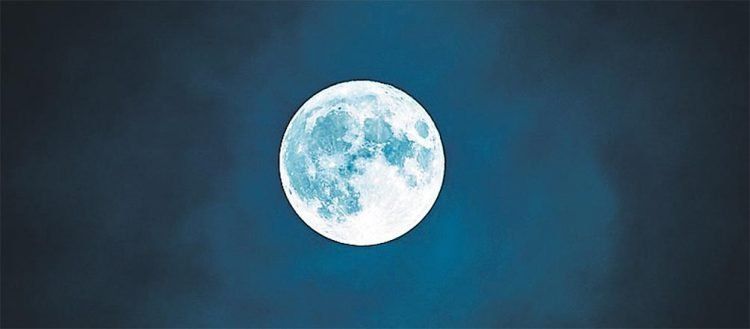Moon Could Have Been Habitable Once, Scientists Speculate
by Ryan F. Mandelbaum July 24, 2018 (gizmodo.com)
• The Moon appears to be dusty and dry. However, scientists Dirk Schulze-Makuch from TU Berlin and Ian Crawford from Birkbeck, University of London speculate that the Moon is wetter than scientists have previously thought. Perhaps it once had the conditions for life. “Whether life ever arose on the Moon, or was transported to it from elsewhere, is of course highly speculative,” say the scientists who presented their theory in the journal Astrobiology.
• The scientists believe that the Moon could have been habitable after the Moon’s formation from a massive collision with Earth 4.5 billion years ago, or 3.5 billion years ago, after a period of volcanism which may have resulted in a thin lunar atmosphere. Such an atmosphere would have lasted perhaps tens of millions of years.
• [Editor’s Note] NASA has admitted to evidence of water under the Moon’s surface, particularly at the poles. Insiders say that the Moon was created elsewhere, was parked in the orbit of Mars before the destruction of Maldek, was then loaded with Martian refugees and transported to Earth’s orbit. Insiders also claim that the Moon still has a thin atmosphere, particularly inside its deep craters.
The Moon today is not habitable. It’s covered in potentially killer dust and seemingly dry as a bone. But though it seems wild to think, a new perspective wonders: What if the Moon used to be friendly to life?
Scientist Dirk Schulze-Makuch from TU Berlin and Ian Crawford from Birkbeck, University of London speculate that, while it might seem “outrageous,” recent results show that the Moon is wetter than scientists have previously thought—so maybe, once, it had the conditions for life.

They’re not saying it did, of course. “Whether life ever arose on the Moon, or was transported to it from elsewhere, is of course highly speculative and can only be addressed by an aggressive future program of lunar exploration,” they write in the article, published in the journal Astrobiology. I encourage you to read the article, as it’s free and pretty comprehensible for a scientific paper.
This habitability period, if it really occurred, might have happened either just after the Moon’s formation from a massive collision with Earth 4.5 billion years ago, or 3.5 billion years ago, after a period of volcanism which may have resulted in a thin lunar atmosphere.

Such an atmosphere would have lasted perhaps tens of millions of years. Maybe water existed on the Moon at this point. Maybe 10 million years was enough time for some rudimentary life to evolve on the Moon. Maybe Earthly life traveled over to the Moon on asteroids. Who knows.
FAIR USE NOTICE: This page contains copyrighted material the use of which has not been specifically authorized by the copyright owner. ExoNews.org distributes this material for the purpose of news reporting, educational research, comment and criticism, constituting Fair Use under 17 U.S.C § 107. Please contact the Editor at ExoNews with any copyright issue.
